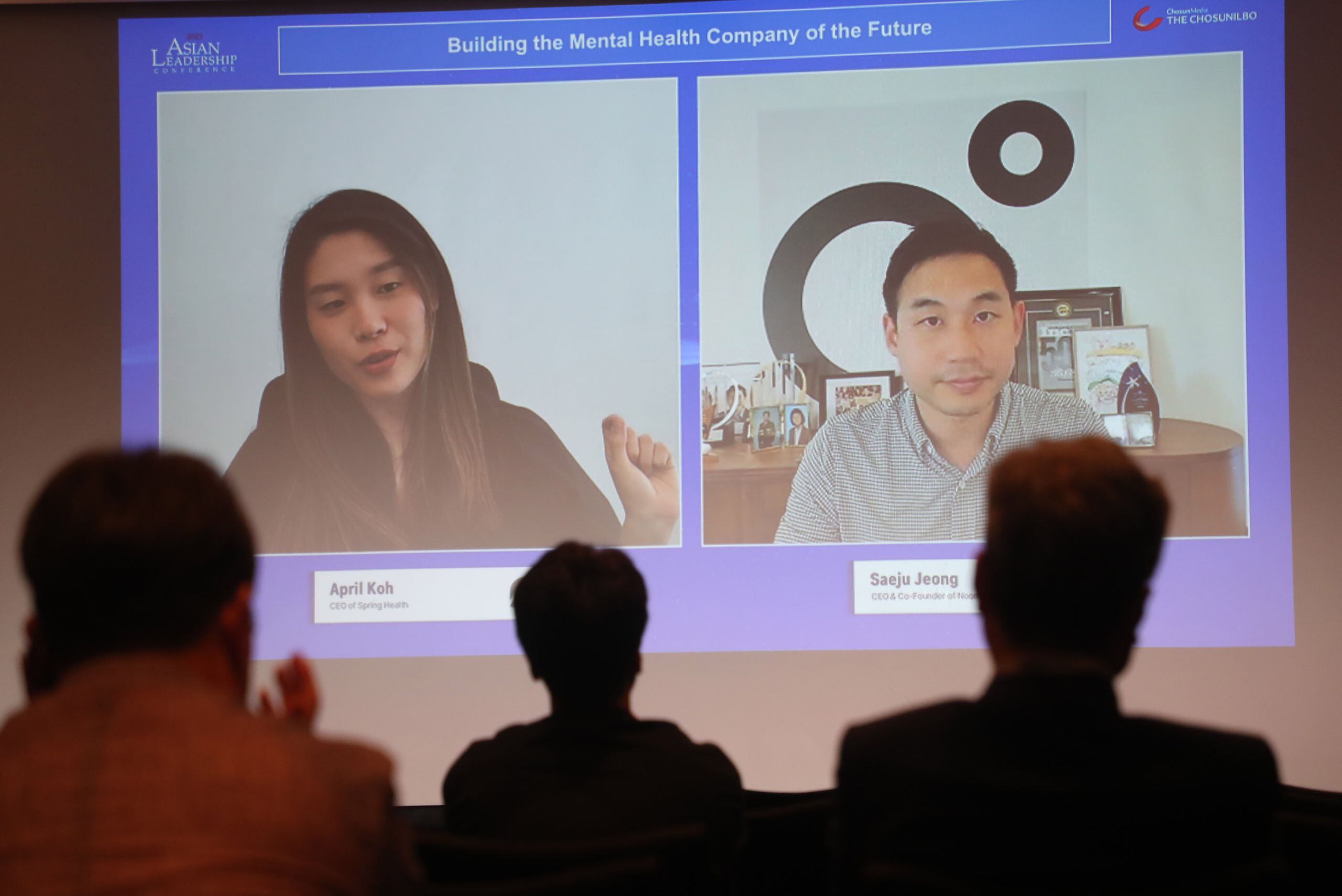Why do some companies go from being an industry leader to an organization struggling to stay alive? Companies like BlackBerry, GE, or Kodak failed for different reasons. People can blame a combination of lack of foresight, poor strategy and execution. But behind poor strategy and execution is the human failure in leadership. What’s definitely more difficult to recognize behind organizational failures is the powerful influence of values, attitudes, and culture.
Here are three reasons why leaders should be looking at something deeper than strategy when aiming for serious organizational transformation:
- Even before vision or strategy, a leader needs to “diagnose” the problem. Contrary to what people believe, a leader’s first role is not to set a vision – but rather to recognize an underlying reality that everyone else is sweeping under the rug. For GE, for example, it was an organizational culture that hated bad news that led to botched strategies. Center for Asia Leadership President and Co-founder Samuel Kim, an educator in Adaptive Leadership, puts it quite simply: “In this day and age, leaders do not have all the answers. Rather than being someone at the forefront, trying to be the solution to the problem, leaders must direct people’s focus on the problem itself.”
- Leadership means “diagnosing” correctly. Developed by Ronald Heifetz and Marty Linsky of the Harvard Kennedy School of Government, the Adaptive Leadership framework suggest that there are technical problems and then there are adaptive challenges. Technical problems involve a clear-cut solution that simply needs technical expertise like having an office copier repaired. Adaptive challenges require an adaptation in culture, values, priorities, loyalties, and motivations like when a company chooses to go for automation and people need to upskill to keep their jobs. The pitfall of many leaders is trying to give a technical solution to an adaptive challenge. Kim explains, “If you come up with a technical solution to a problem that’s adaptive, then you’re not really solving the problem. It is a band-aid solution.”
- Initiating change means understanding people. Kim says, “We are by nature, very factional. We have different values and loyalties and congregate towards those who we share an affinity.” But systems fail when “tribes” – whether they be within companies or civilizations – do not work together to address the changing realities that will impact their shared future.
The modern marketplace presents enormous potential for growth and equally enormous danger of failure. Clearly, the leadership work required decades ago is not the same today. This is why leaders need to learn tools, frameworks, and principles for leadership ready for the 21st century.
By Nirva’ana Ella Delacruz

